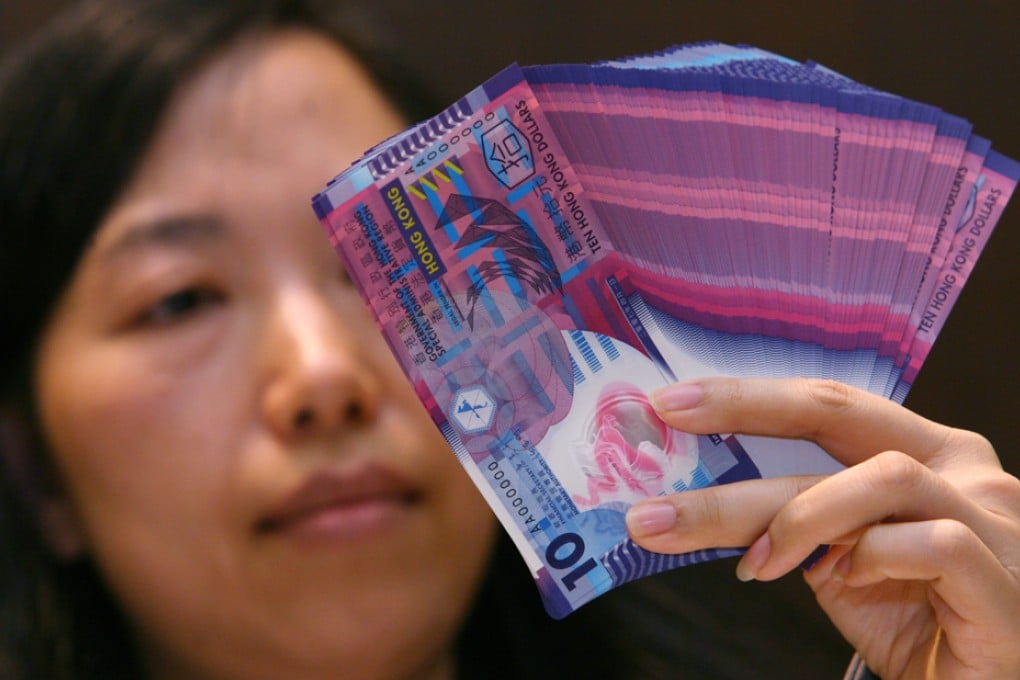Time Hong Kong considered issuing more polymer banknotes to stop fakes
There is no bigger blow to confidence in the financial system than to find that the money in your wallet is counterfeit. Authorities have put out an alert after dozens of fake HK$1,000 banknotes were detected in Hong Kong and Macau

There is no bigger blow to confidence in the financial system than to find that the money in your wallet is counterfeit. Authorities have put out an alert after dozens of fake HK$1,000 banknotes were detected in Hong Kong and Macau. Unsurprisingly, trust has been eroded and there is a reluctance to handle or receive the high-denomination bills. It is a not unfamiliar situation, but one that would be less likely were our city to fully embrace polymer notes.
Hong Kong has been using polymer, a flexible plastic film, for its HK$10 notes since 2007. At the time of their introduction, the Monetary Authority said it would conduct a two-year study into the viability of extending the change to other banknotes. No decision was ever announced, despite dozens of jurisdictions having made the switch for reasons of improved security, cleanliness, cost, durability and environment-friendliness. The Bank of England is the latest: its replacement programme will start with the £5 note in 2016.
No banknote can be considered completely counterfeit-proof. With ever improving technology, the determined forger will try to find a way to replicate printing materials, ink, holographic elements, watermarks and other security features. Busy shopping times of the year, and festivals, are perfect for passing forgeries; in the rush to buy and pay, there is a lower likelihood that even crude imitations will be noticed. With polymer allowing better protection through the use of windows in the notes, Bank of England officials have been convinced to make the change in part to curb a rising number of forgeries.
Ensuring trust and confidence in money is at the heart of what central banks do. A scare six years ago involving counterfeit HK$1,000 bills led HSBC to withdraw 11 million notes. Banknotes have since been produced with improved security features, but that has not prevented more fakes. Circumstances this time do not appear as serious, but the Monetary Authority would still do well to consider taking an extra protective step by moving towards all notes being made of polymer.